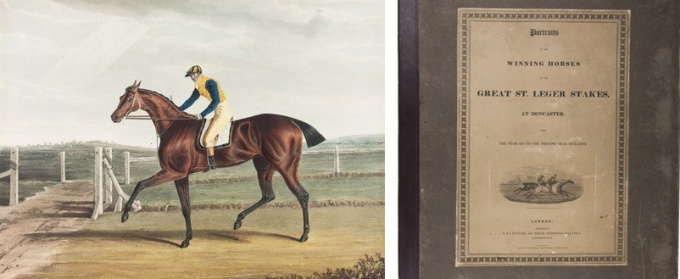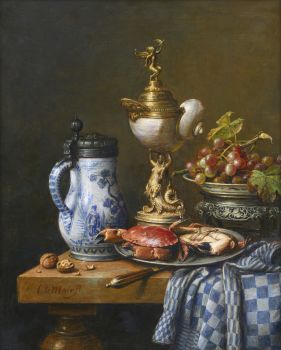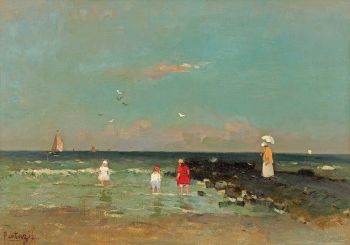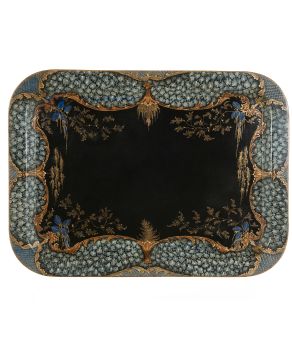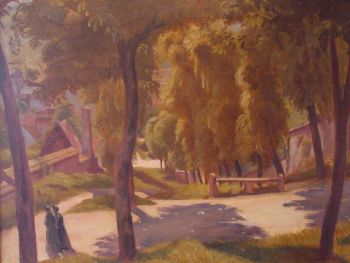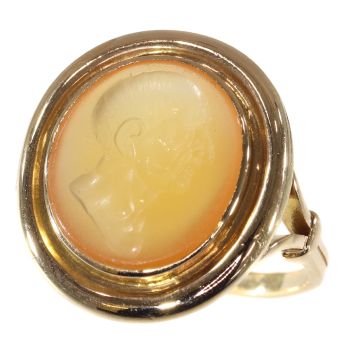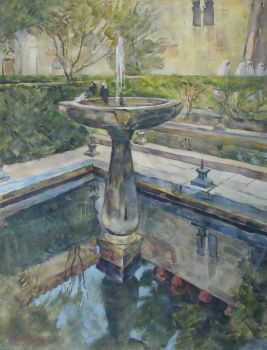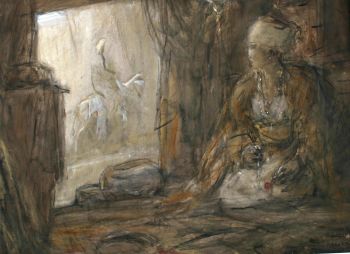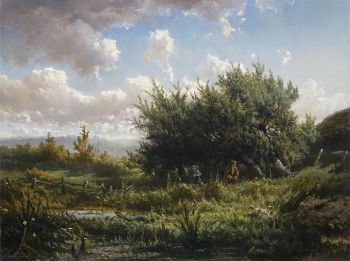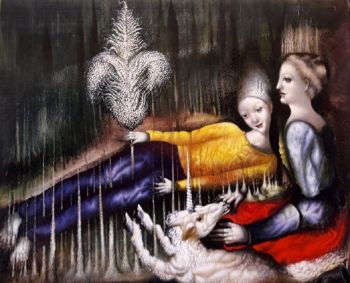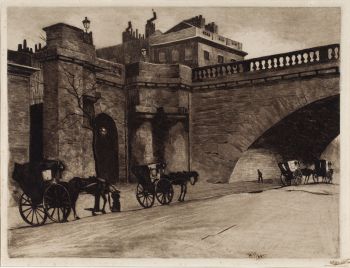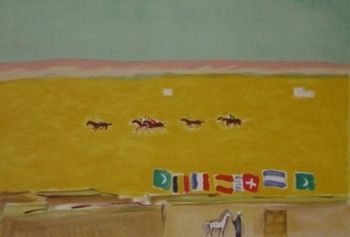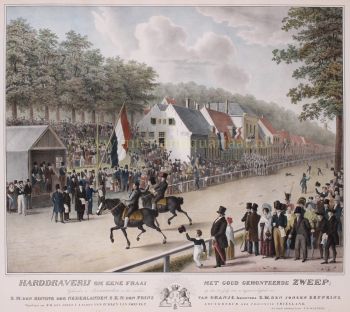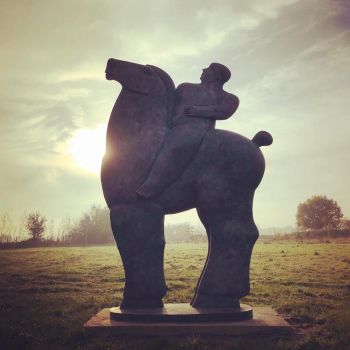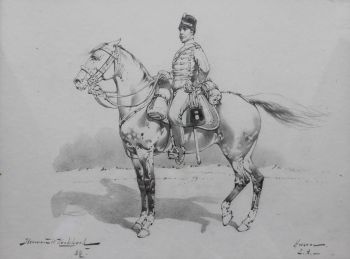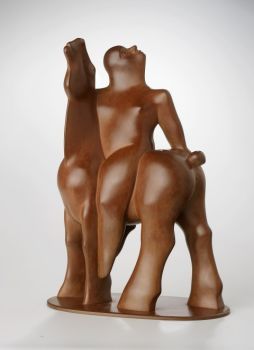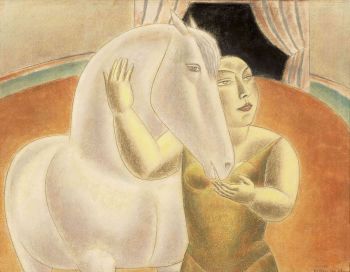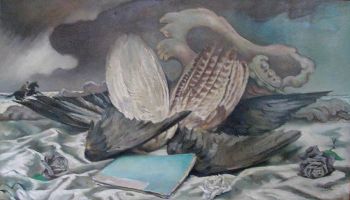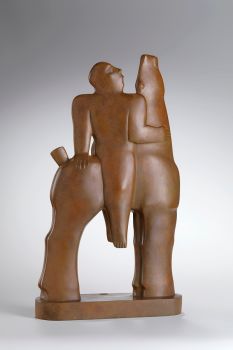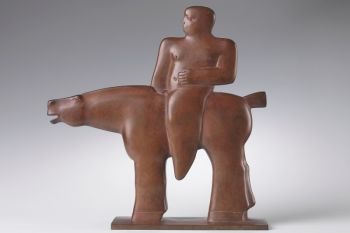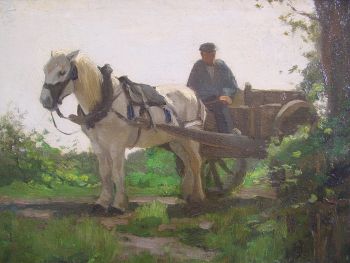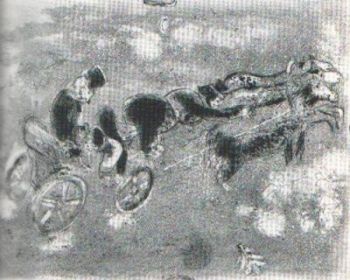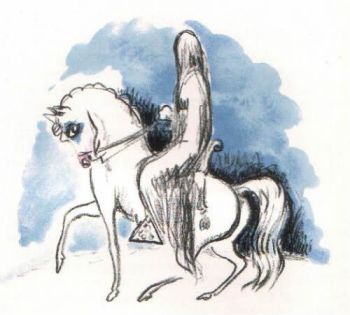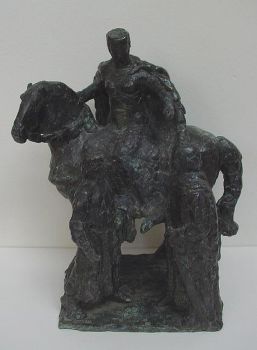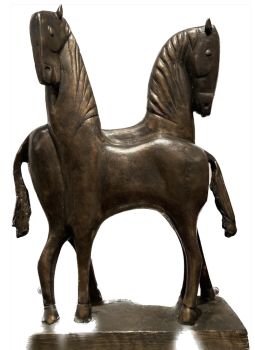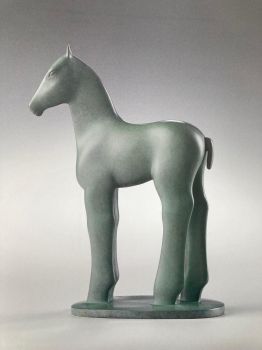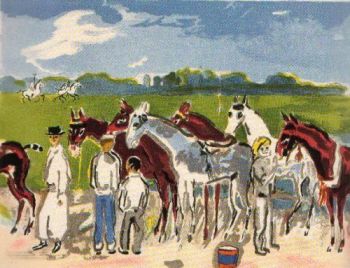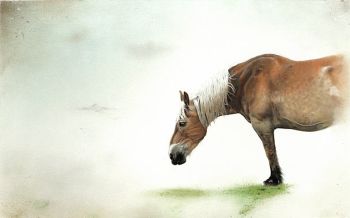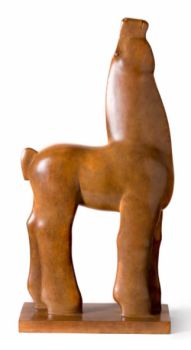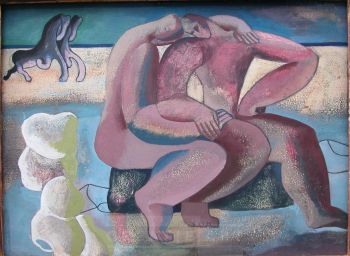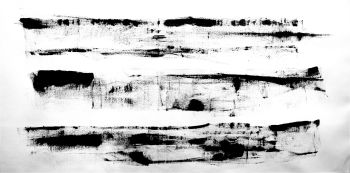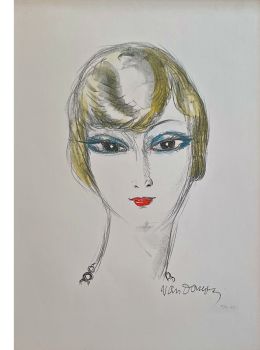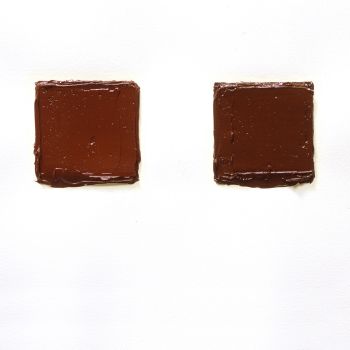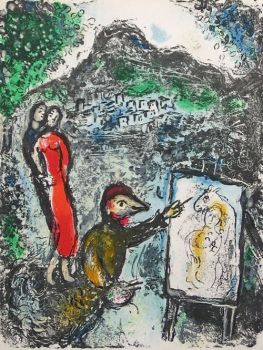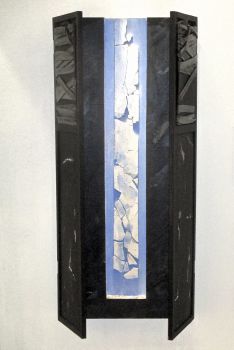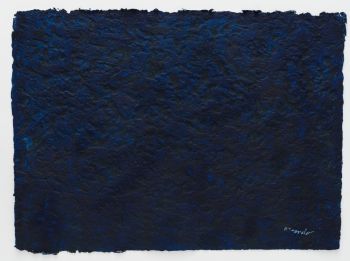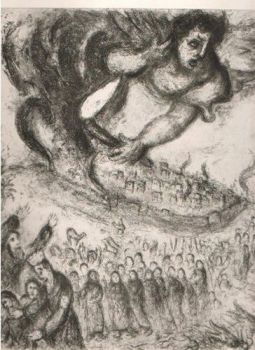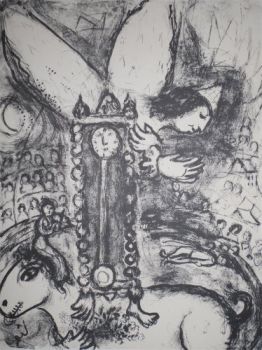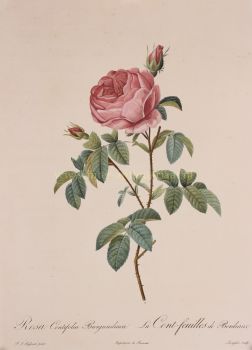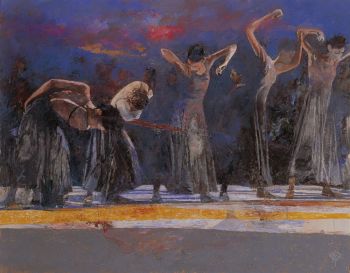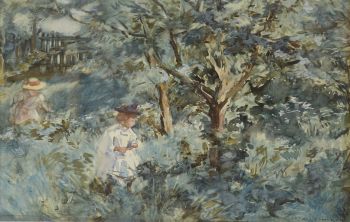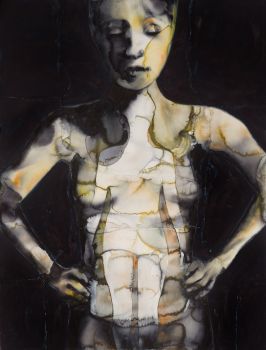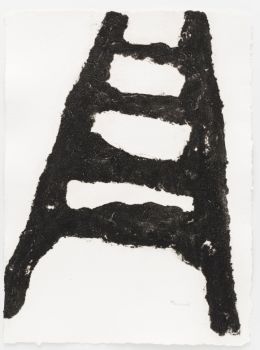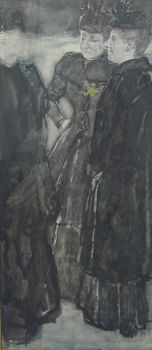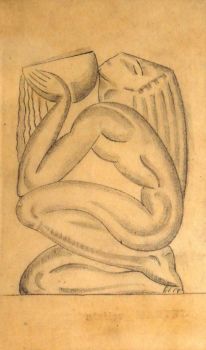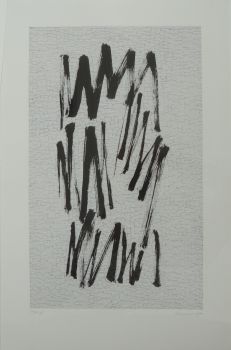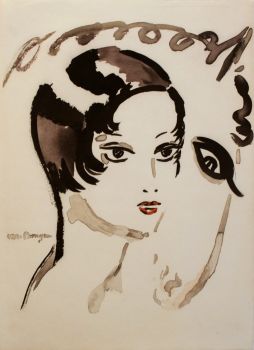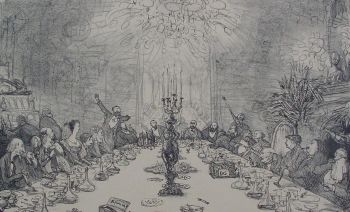14 hand-coloured aquatint plates of wonderful racehorses 1828
John Frederick Sr. Herring
InkPaperWatercolour
60 ⨯ 42 cm
Currently unavailable via Gallerease
- About the artworkPortraits of the winning horses of the Great St. Leger Stakes, at Doncaster, from the year 1815 to the present year inclusive.
London, S. and J. Fuller (printed by L. Harrison), [1828].
Imperial folio (60×42 cm).
With engraved vignette on the letterpress title-page, 14 hand-coloured aquatint plates by T. Sutherland and R. G. Reeve after Herring, each with information on a separate letterpress leaf. Contemporary plain boards with publisher's printed label wrapper-title on front board (rebacked with burgundy half morocco and matching corners).
"Extremely rare" (Tooley) 1828 edition of Herring's finest work, the outcome of his fascination with horse racing in general and the St. Leger Stake in particular. "In the writer's estimation, the first series of the St. Leger winners contains the very best of Herring prints . . . they were engraved by Sutherland, a more competent aquatinter and colourist than his successors who handled these race-horses" (Siltzer).
This is the second edition of this series of wonderful racehorse portraits.
Very slight offsetting to text. Boards darkened and worn at the edges, internally in fine condition and untrimmed. A rare work with beautiful horse plates and detailed information.
Cf. Podeschi 128 (1824 ed. with different title, with 10 plates plus extra plate for 1825); Siltzer 139-146 (various eds.). - About the artistJohn Frederick Herring Sr. (1795, London – 1865), also known as John Frederick Herring I, was a painter, sign maker and coachman. Herring was the son of a London merchant. The first eighteen years of Herring's life were spent in London, where his greatest interests were drawing and horses. In the year 1814 he moved to Doncaster. In Doncaster, England, Herring was employed as a painter of inn signs and coach insignia on the sides of coaches, and his later contact with a firm owned by a Mr. Wood led to Herring's subsequent employment as a night coach driver. Herring spent his spare time painting portraits of horses for inn parlors, and he became known as the ‘artist coachman’. Herring's talent was recognized by wealthy customers, and he began painting hunters and racehorses for the gentry. In 1830 he left for Newmarket, where he spent three years before moving to London. From 1840 to 1841 Herring visited Paris, painting several pictures, on the invitation of the Duc d’Orléans (the Duke of Orleans). In 1845 Herring was appointed Animal Painter to the Duchess of Kent, followed by a commission from Queen Victoria. In 1853 Herring moved to Kent and stopped painting horse portraits. He spent the last 12 years of his life at Meopham Park. Then he broadened his subject matter by painting agricultural scenes, narrative pictures, and sporting works of hunting, racing and shooting. Herring ranks along with Edwin Landseer as one of the more eminent animal painters of mid-nineteenth century. He exhibited at the Royal Academy from 1818–1865, and at the Society of British Artist in the period of 1836-1852.
Artwork details
Category
Subject
Style
Material & Technique
Colour
Related artworks
- 1 - 4 / 24
Antonie Derkinderen
Memory book Exhibition of Dutch Painting1892
Price on requestKunsthandel Pygmalion
Engelbert Kaempfer
ENGELBERT KAEMPFER BOOK1651 - 1716
Price on requestZebregs & Röell - Fine Art - Antiques
Tilmanus Nicolaus Maastricht
Missale Romanum with Dutch silver mounts1788 - 1792
Price on requestJacob J. Roosjen SRI
Hermann Nitsch
"UNDER MY SKIN" Signed book incl. small artwork and DVD in a matching box2010 - 2014
Price on requestGallerease Selected
Antonie Derkinderen
Memory book Exhibition of Dutch Painting1892
Price on requestKunsthandel Pygmalion
Tilmanus Nicolaus Maastricht
Missale Romanum with Dutch silver mounts1788 - 1792
Price on requestJacob J. Roosjen SRI
Engelbert Kaempfer
ENGELBERT KAEMPFER BOOK1651 - 1716
Price on requestZebregs & Röell - Fine Art - Antiques
1 - 4 / 22Willem Witsen
Waiting carriages in front of Waterloo Bridge1850 - 1900
Price on requestKunsthandel Pygmalion
1 - 4 / 24Rene Rietmeyer
"Germany, Saarland, April 2001"2001
Price on requestEuropean Cultural Centre Collection
1 - 4 / 24

